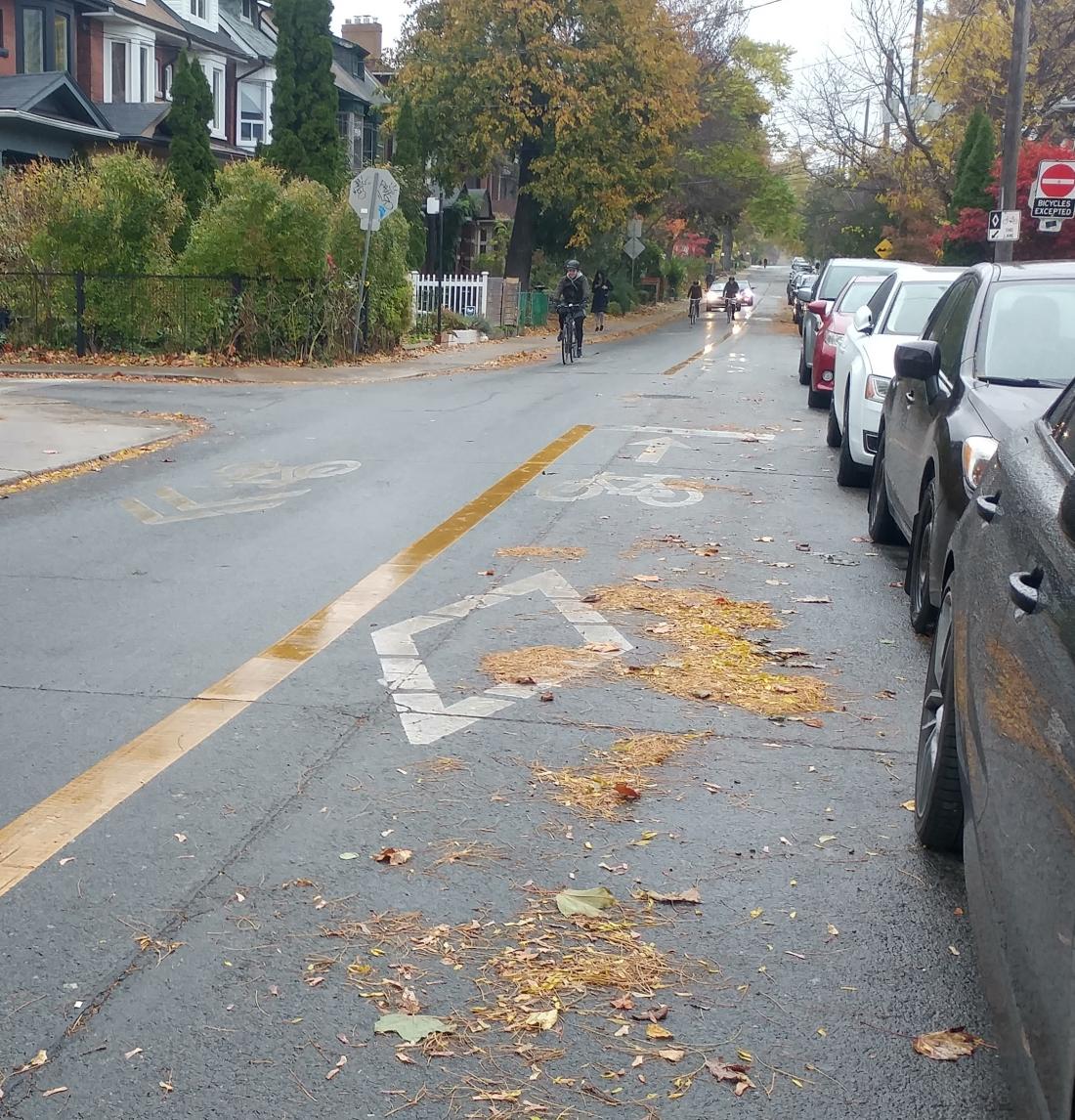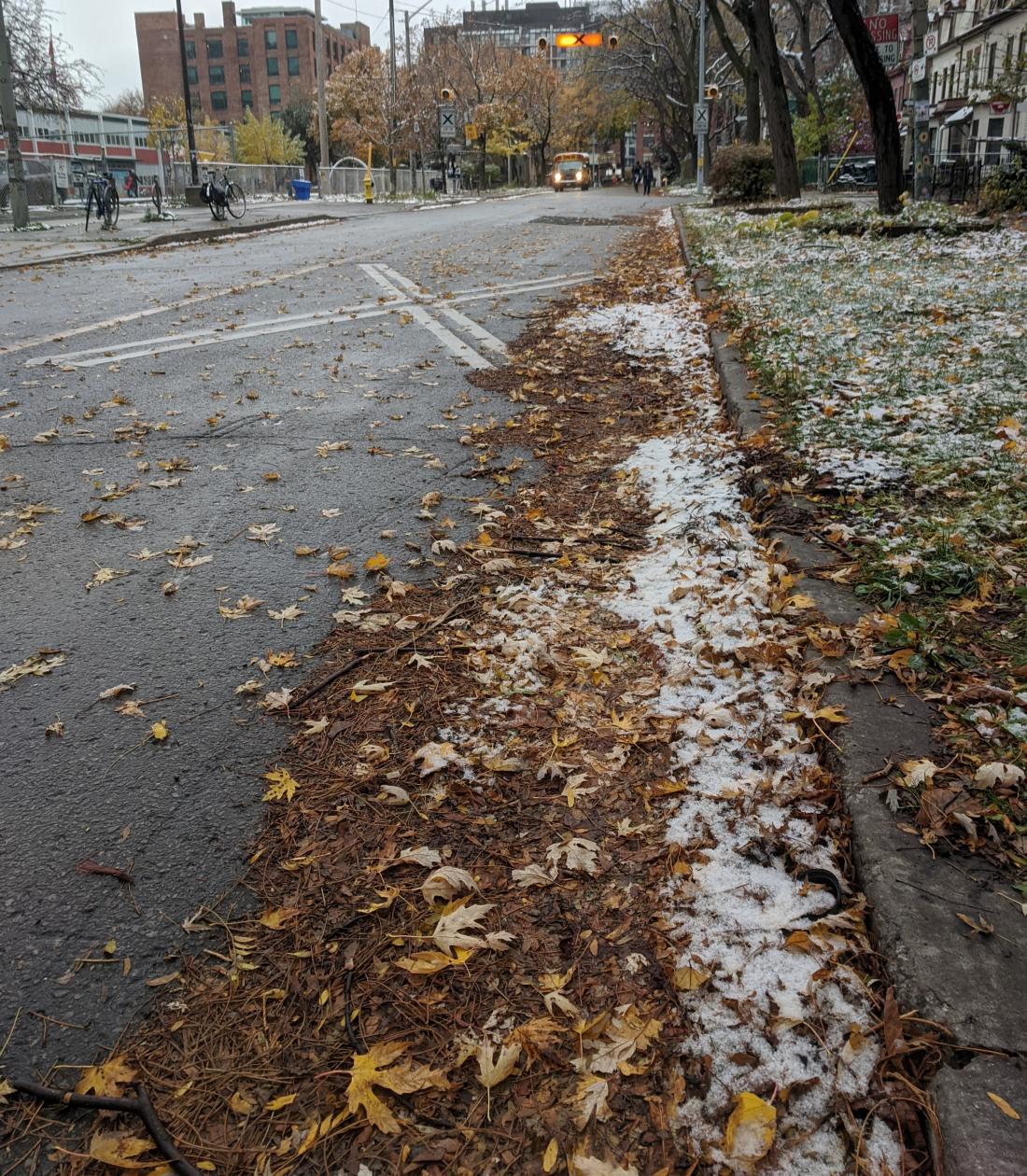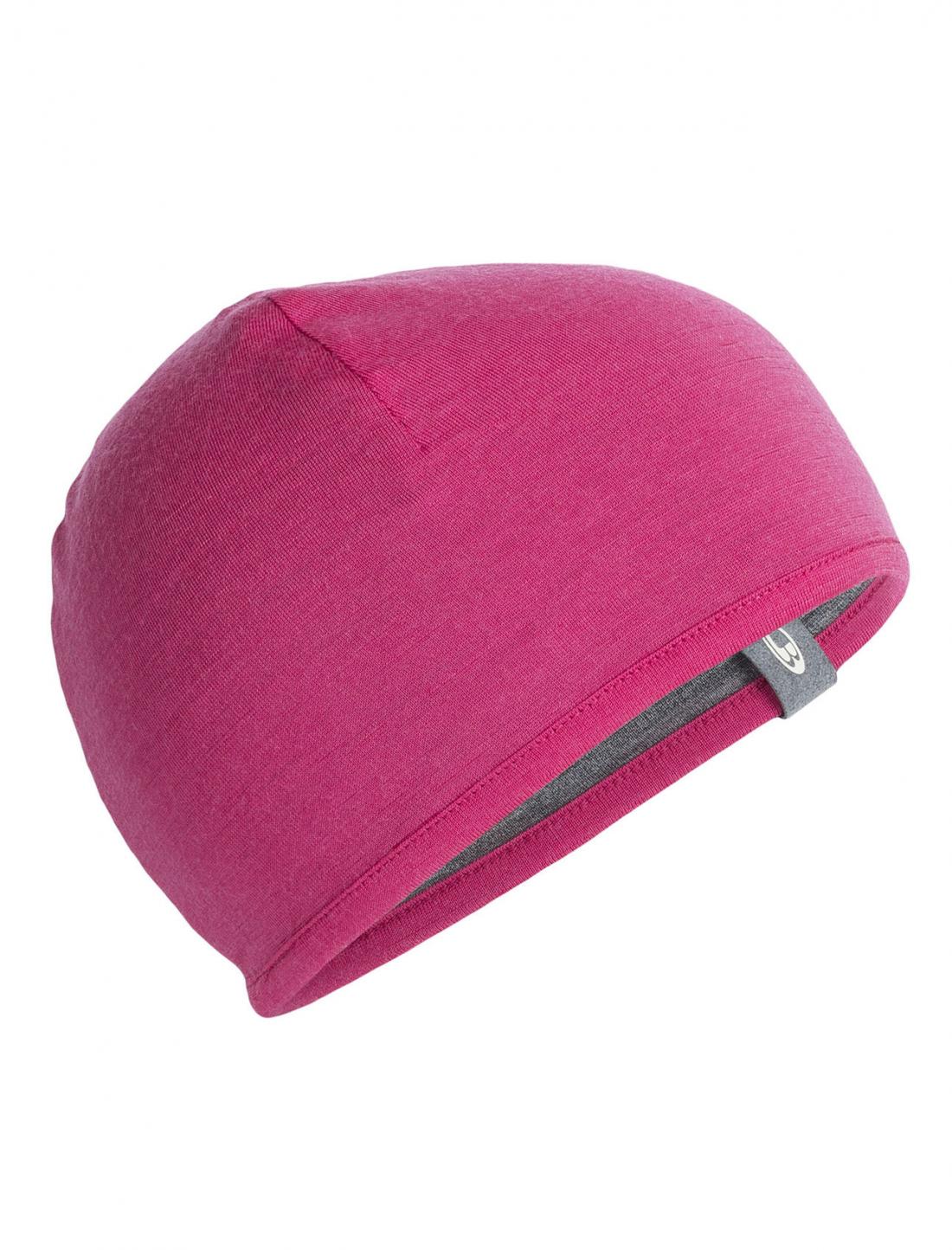
Fall Cycling Tips

Fall Cycling Tips
This time of year the conditions change often — whether it's cool, warm, rainy, snowy, or leaves are on the ground, it all affects how you ride. It’s important to be prepared for and stay safe in all of these conditions, and more. Here are our shoulder fall cycling tips.
Take It Slow
While you may feel comfortable riding at high speed on a summery day, shoulder season conditions are different. Wet leaves and snow can prove treacherous. Riders should always use caution on streetcar tracks, but those never move. Leaves and snow change position every day and need to be paid the same respect. If you ride a little slower you’ll have more time to react. Take wider, slower turns, and brake before you get to slippery spots on the road.
Consider Changing Your Route
During the summer quiet side streets may feel the most comfortable for you. But when fall and winter come these areas are cleared less quickly than busier roads. Leaves and snow tend to accumulate in the gutters pushing you closer to the centre of the road. On top of that, dim conditions make it less likely you’ll see potholes, wet leaves, ice, and snow. It’s worth your time to stake out an alternate route where conditions are more predictable.
Layer Up
This time of year it can go from frosty in the morning to sunny and warm in the afternoon to rainy in the evening. Your clothing should reflect these different conditions. It’s important to be comfortable no matter the weather. Simply, throwing on a big parka will make you overheat once you start pedalling. So, consider wearing multiple layers of light clothing. Wear a sweater or long sleeve shirt underneath your jacket and consider a sweat absorbing layer against your skin.
Check to make sure your jacket is waterproof to keep you dry even on wet days. Jacket technology is improving, but truly waterproof jackets are often not as breathable as wind breakers or water-resistant jackets. If you overheat on a ride, try a more breathable jacket. If it’s nicer out, once you get moving your body will warm up and you can take off your jacket.
A pair of waterproof pants can go a long way as well. They work well for both rainy and windy conditions.
For accessories, light gloves and earmuffs work well on warmer days. You can also buy cycling-specific liners and hats to wear underneath your helmet for the colder days. As with your jacket layers, you can layer up a hat, toque, or liner underneath your helmet and then add earmuffs to stay super warm. If you get too hot, drop the earmuffs.
Remember, you may feel comfortable standing still, but it’s like having constant wind when you’re riding. It’s important to take that into account. Windchill will make you feel much colder than it actually is. Your layers will help with this: they will make you comfortable in all conditions.
Get Lit!
When it’s dark out being seen is the most important thing you can do. Without lights you’ll appear as nothing more than a silhouette; invisible. Having proper lighting is important and it is the law. In Ontario, you’re required to have a white or amber light facing forwards and a red light or reflector facing backwards half an hour before sunset and half an hour after sunrise. However, in dim conditions, it’s a good idea to use your lights regardless of the time of day. Consider using your lights on a foggy fall day or if it’s rainy and overcast. Remember to keep them charged or have a spare set of batteries.You don’t want your lights to flicker out halfway home.
Check out our Get Lit! campaign
Be Extra Aware
Just because you can see a driver doesn’t mean they can see you. Dashboards, phones and all other types of bright lights can distract people from seeing you. This is especially true when you’re being approached from the side. It’s tempting to just keep pedalling when you have the right of way, but a person to your side may not be able to see your front or rear light. Use extra caution at intersections and everywhere else you might encounter other people.
Want to help make Toronto a better cycling city? Support us by becoming a member today for as little as $5/month.


